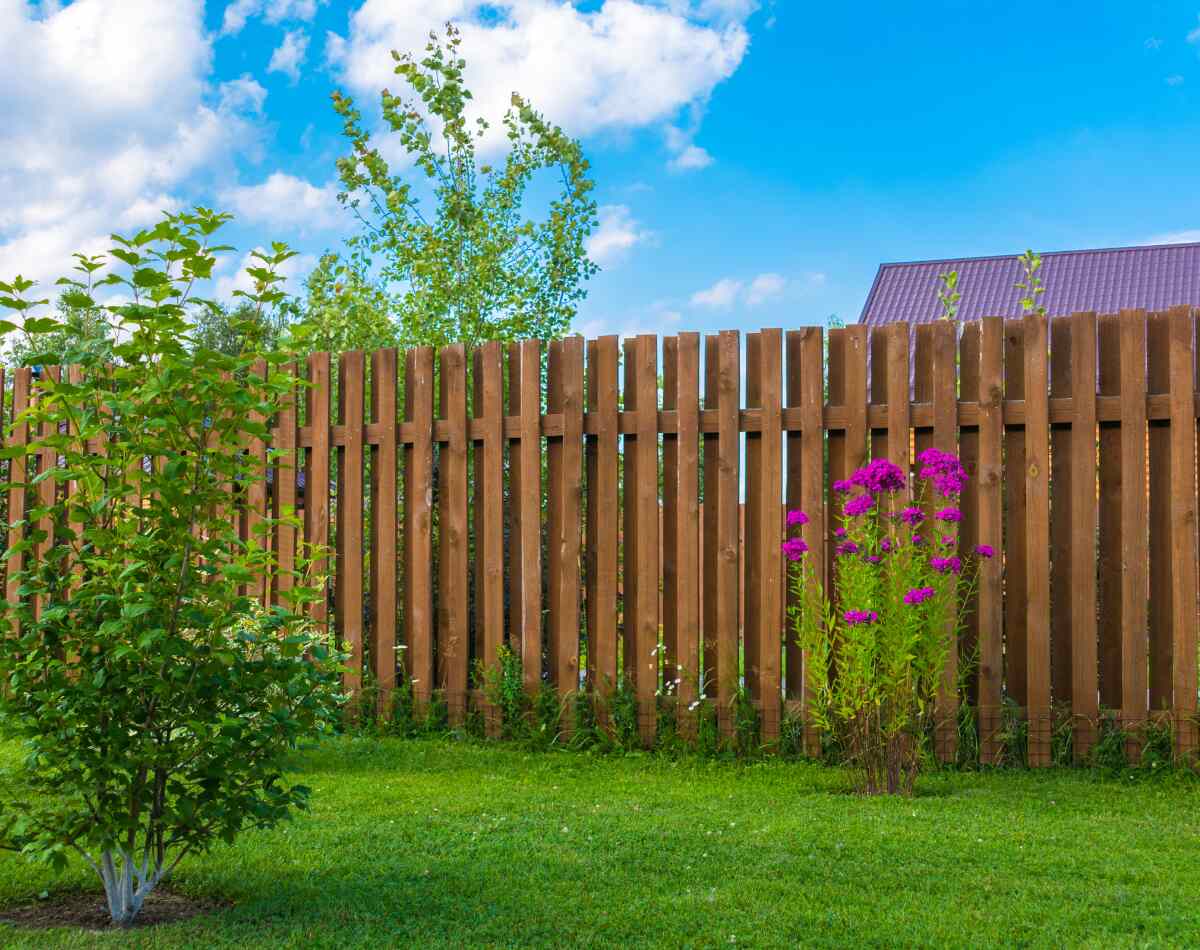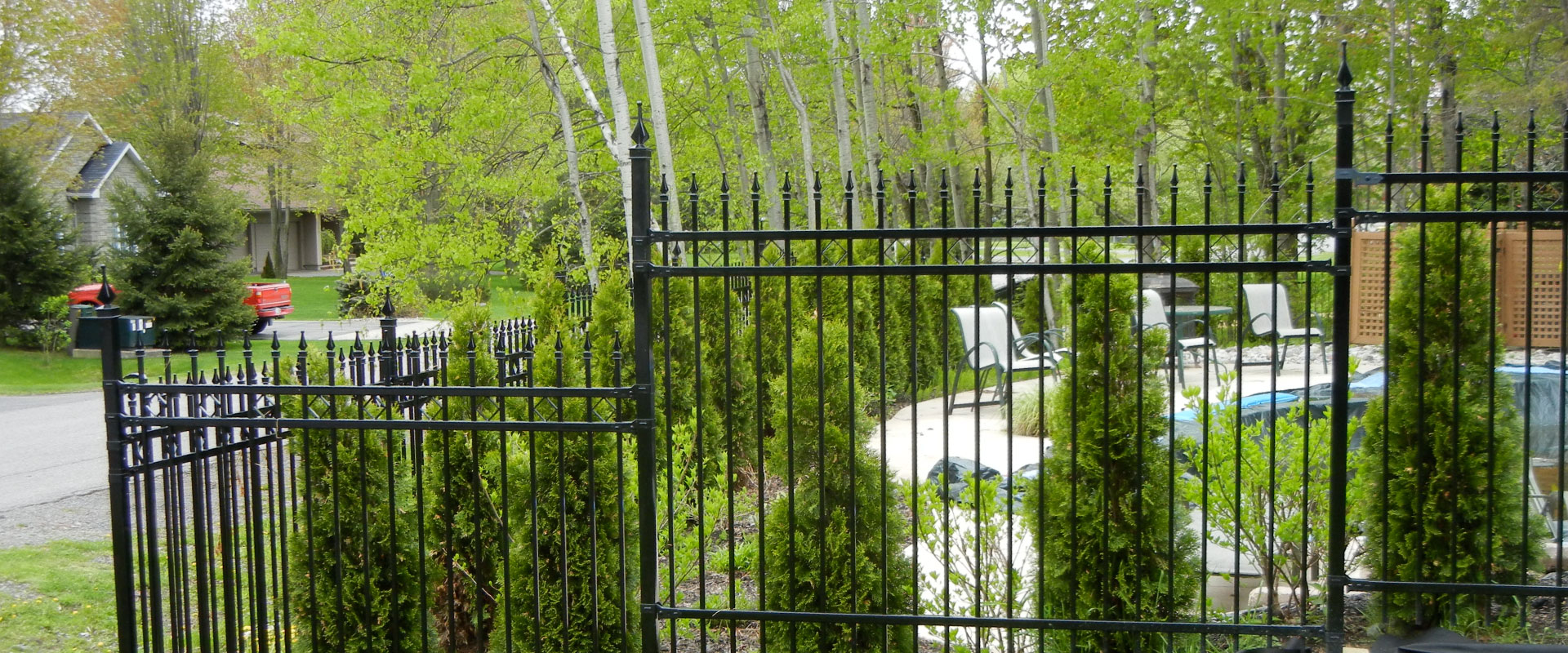All Categories
Featured

As companies and homeowners alike come to be more eco mindful, finding eco-friendly and sustainable fencing materials is an essential factor to consider. Whether you're looking to develop a fence for personal privacy, safety and security, or aesthetic appeal, choosing products that decrease your ecological impact can assist secure the planet. In this article, we will explore several environmentally friendly fencing choices, each offering distinctive benefits for your property and the setting.
- Bamboo Secure Fencing: A Renewable Energy. Bamboo is commonly identified as one of one of the most environmentally friendly and lasting fencing materials readily available today. As a yard as opposed to a tree, bamboo grows swiftly and can get to complete maturity in just 3 to 5 years, making it a very sustainable resource.
Environmental Advantages: Bamboo takes in more co2 than numerous other plants, aiding counter greenhouse gases. Additionally, bamboo calls for marginal chemicals and fertilizers, making it a healthier alternative for the setting. Resilience: Properly treated bamboo is immune to insects and dampness, implying it can endure the elements far better than various other timber alternatives. Visual Allure: Bamboo provides a clean, modern look that functions well with various landscaping designs, from exotic yards to modern urban designs. While bamboo fence is resilient, it does require correct like keep its long life, such as normal cleaning and routine sealing.
- Recycled Wood Fence: Providing New Life to Old Materials. Recycled timber is a superb green selection for those who want the natural beauty of wood fencing without adding to deforestation. This material is commonly sourced from old structures, pallets, or various other repurposed timber products, decreasing the need for recently harvested lumber.

Ecological Benefits: Utilizing redeemed wood aids decrease the demand to reduce new trees and can likewise avoid beneficial products from ending up in landfills. Durability: Depending upon the type of wood and therapy it obtains, recycled timber fencings can be equally as durable as brand-new wood, especially if kept appropriately with sealants and weatherproofing. Aesthetic Appeal: Recycled timber fences carry a rustic beauty and can be stained or painted to fit your individual style. The major consideration with recycled timber is its upkeep. Gradually, timber can come to be prone to rot, insect damage, and weathering, so regular maintenance is essential to prolong the life of your fence.
- Metal Secure Fencing: Recyclable and long lasting. Light weight aluminum and steel fence, especially when sourced from recycled materials, offers a strong, eco-friendly alternative to typical wood fence. These steels are 100% recyclable, meaning they can be repurposed indefinitely without losing top quality.

Environmental Advantages: Metals like light weight aluminum and steel decrease the need for new mining and basic material removal, both of which have significant ecological effects. Furthermore, recycling metals calls for less energy contrasted to developing brand-new steel from basic materials. Toughness: Metal fences are extremely strong, immune to weathering, and need little maintenance compared to wood alternatives. Aesthetic Charm: Steel fences can be designed in streamlined, modern styles, or more typical looks, supplying convenience for any residential or commercial property. While steel fences are low-maintenance and sturdy, they are not as effective at giving privacy compared to wood or plastic options because of the areas between the bars or slats.
- Living Fencings: All-natural and Green. Living fencings, made from dense bushes, shrubs, or trees, provide a ecologically friendly and natural option to traditional fence. Not only do they produce a personal privacy obstacle, yet they likewise add to the setting by sustaining wild animals and boosting air quality.
Environmental Benefits: Living fencings soak up carbon dioxide, improve dirt quality, and give habitats for birds and various other wild animals. Additionally, they decrease sound pollution and improve air high quality by filtering pollutants. Toughness: While living fences require more upkeep than other products (e.g., trimming, watering), they can be extremely durable if effectively preserved. Visual Allure: Living fences create a lovely, all-natural border that improves the landscape and provides a organic and special look contrasted to conventional fencing alternatives. The key drawback of living fences is that they need ongoing upkeep and care, consisting of regular cutting and bug control.
- Hemp Secure Fencing: Lasting and strong. Hemp is a renewable and fast-growing plant that can be utilized to produce solid, environmentally friendly fence. Hemp fencing is made from natural hemp fibers, which are durable, eco-friendly, and immune to bugs.
Environmental Advantages: Hemp proliferates and calls for little water or chemicals. It additionally assists withdraw carbon, lowering greenhouse gases in the ambience. As soon as the fence is no longer needed, hemp is eco-friendly and can be composted. Resilience: Hemp is normally resistant to mold and bugs, which aids it stand up to various climate condition and prevent making use of harsh chemicals. Sustainability: Hemp farming is much less resource-intensive compared to various other plants and assists maintain dirt health through plant rotation. Hemp fences are a fairly brand-new choice on the marketplace, and they might not be as widely readily available as various other materials. In addition, they might not be as typically made use of for high-security applications.
Conclusion: Pick Eco-Friendly Fencing for a Lasting Future. There are several eco-friendly secure fencing products to consider, each offering unique benefits for your residential or commercial property and the environment. Whether you select bamboo, recycled timber, steel, living fencings, or hemp, each alternative permits you to produce a functional and beautiful limit while decreasing your environmental impact. By picking lasting products, you add to a greener future and support the growing activity towards responsible construction and landscaping methods.
Latest Posts
Picking the Right Roof Shade: Influence On Energy Performance
Published en
1 min read
Check Out Brake Repair & More: Full Auto Care Solutions from Montclare Auto Repair
Published en
1 min read
Searching for Budget-Friendly Oil Change Solutions in St. Louis? Car-X Delivers Quality Care
Published en
1 min read
More
Latest Posts
Picking the Right Roof Shade: Influence On Energy Performance
Published May 21, 25
1 min read
Check Out Brake Repair & More: Full Auto Care Solutions from Montclare Auto Repair
Published May 21, 25
1 min read
Searching for Budget-Friendly Oil Change Solutions in St. Louis? Car-X Delivers Quality Care
Published May 20, 25
1 min read